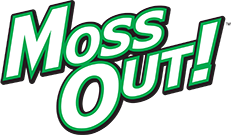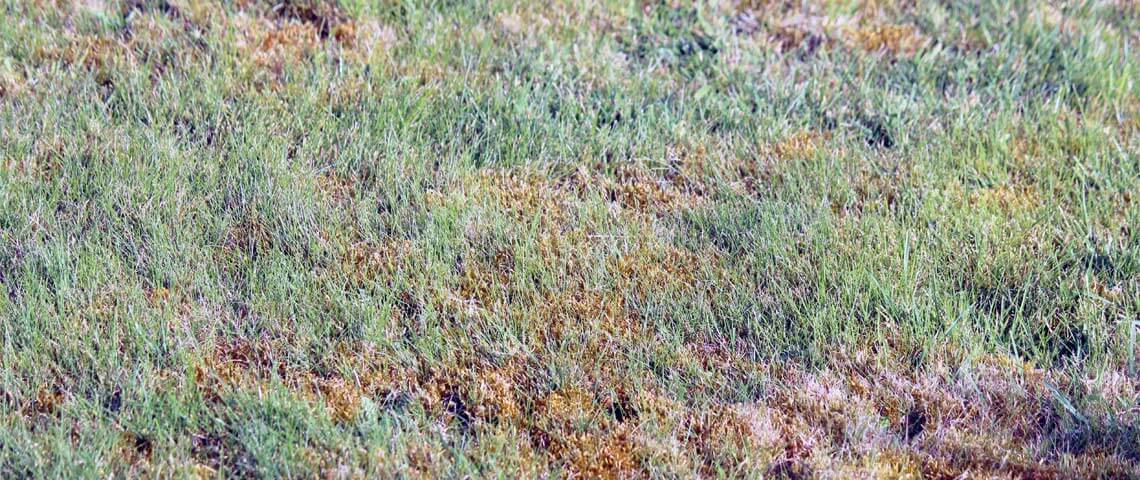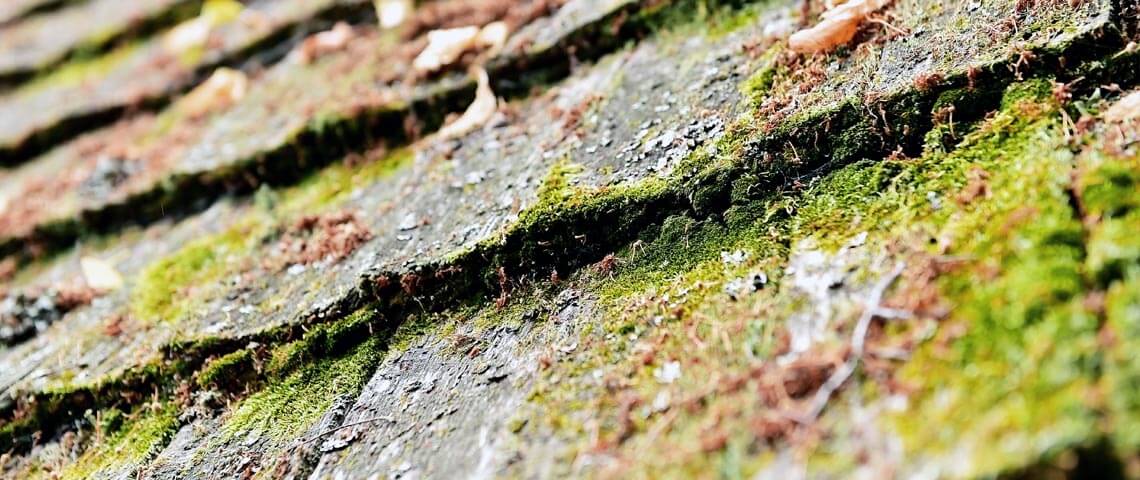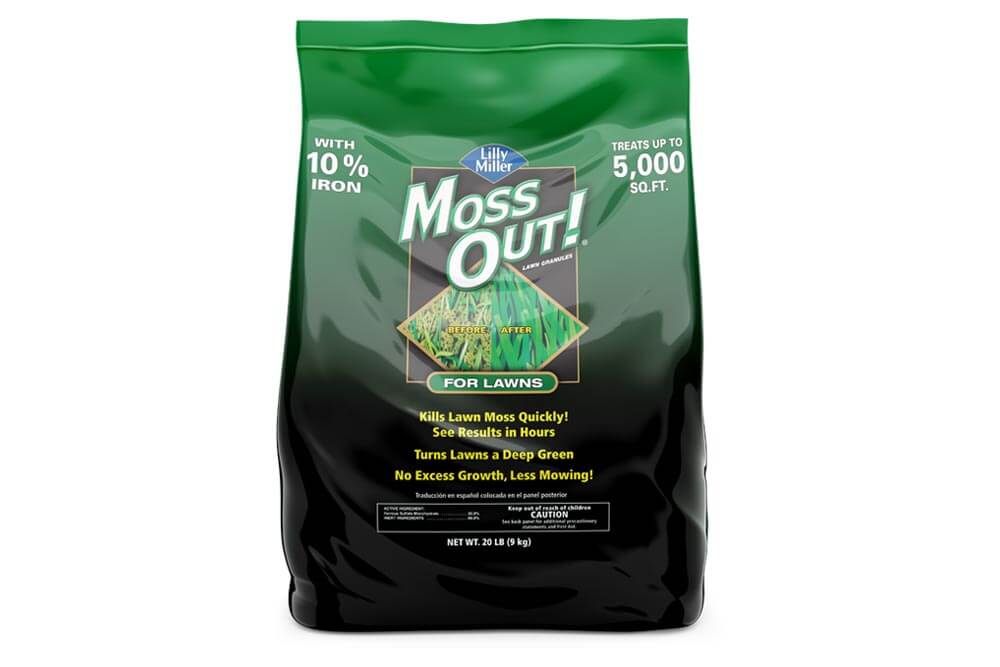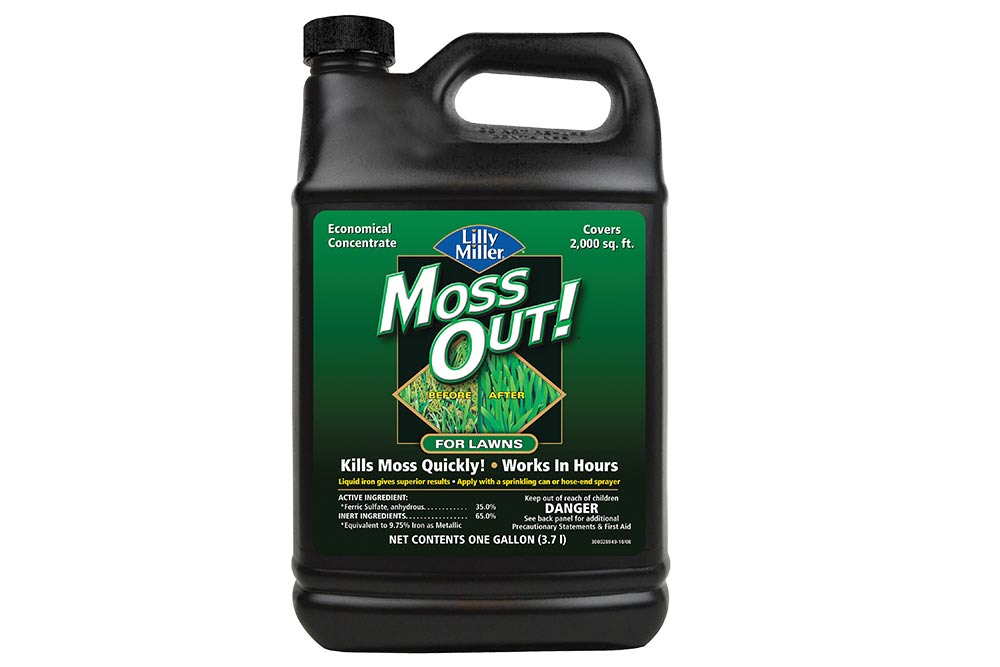Facts about Lawn Moss
- Under its fuzzy green exterior, moss is a destructive pest. It spreads through lawns, choking out grass.
- Invasion of moss generally occurs when turf grasses are weak. The best defense against moss (and other lawn problems) is a strong, healthy turf.
- Moss has the ability to weather long drought periods by dehydrating. Moss can also grow at lower temperatures during winter than turfgrass.
- Moss thrives in cool, mild climates where it prefers shady, wet areas where soil is compacted and acidic.
- The first step to halting moss is to kill and remove it wherever it grows.
- The best procedural approach with all moss control materials is first thorough coverage. Whether using a liquid or dry material, spread it all over the moss.
- If your lawn has low pH, lime will improve the grass vigor to help fight off moss invasion.
- If the turf is excessively mossy, there is much that can be done to remove it by physically dethatching. Up to 75% of moss can be removed by this method. The triple whammy approach is dethatching first, followed by iron application, and lastly a fertilizer application to encourage turf growth. A lawn can typically be turned around in one year with this method.
- Caution: Iron will stain. Keep product off sidewalks, walkways, etc. Sweep granules off surfaces immediately. If rust stains appear on walks, etc., remove using a rust-stain remover (generally found in the plumbing section) .
